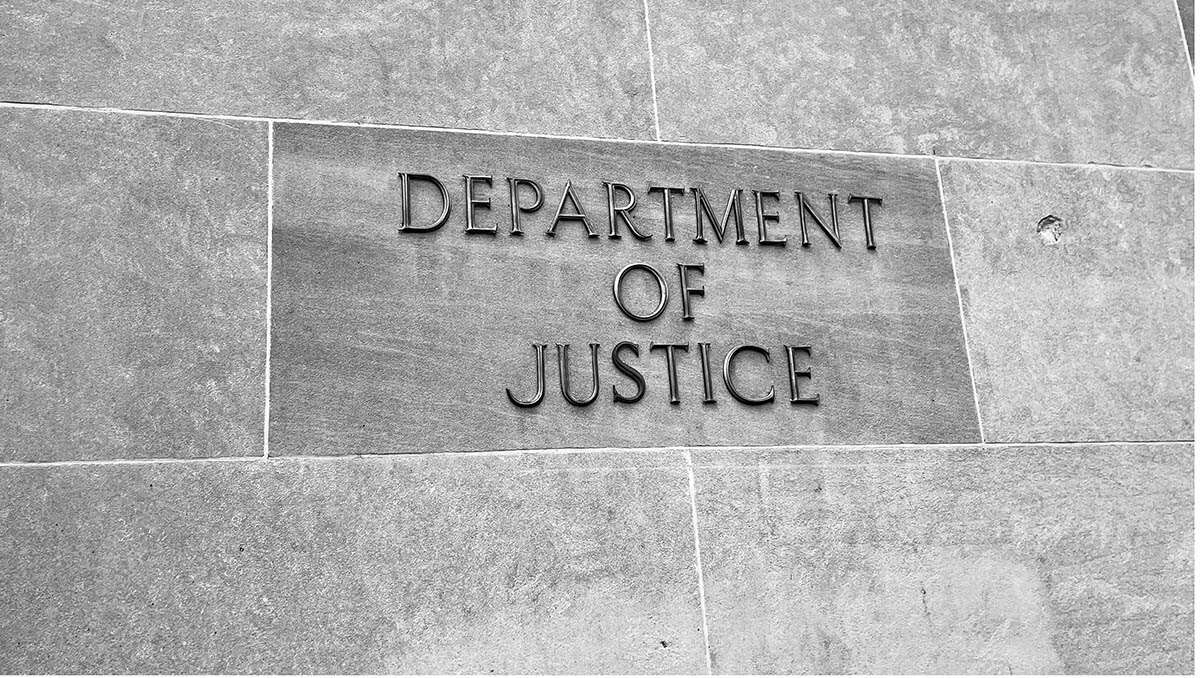UPDATE: The Corporate Transparency Act May Still Apply to You
On March 1, a district court judge ruled that the Corporate Transparency Act (CTA) is unconstitutional. However, his decision applied only to the...
3 min read
 Cathy Lydon, CPA
:
May 21, 2020
Cathy Lydon, CPA
:
May 21, 2020

May 13, 2020 - As states begin to allow businesses to open and employees return to work, there is a mix of optimism and concern regarding employee safety and the health of the economy. Nonprofits are no different. Many nonprofits nationwide have been severely impacted by the coronavirus and with no clear end in sight to this pandemic, planning for the coming months is challenging to say the least. While some nonprofits have had to shut down completely, others are surviving and trying to position themselves for long lasting challenges. According to Cathy Lydon, Director at Redpath and Company who specializes in the nonprofit sector, nonprofit leaders can focus on three key areas: Maximizing revenue streams, minimizing expenses, and planning for the future.
Many leaders in the nonprofit sector have been actively working with their network of donors and funding sources from the beginning of the crisis. Lydon recommends leaders work closely with their development teams to evaluate programs and work with funders, grantors or foundations to request extensions on timelines and determine what programs they can continue to fund. Lydon says, "It will continue to be critical for these leaders to maintain open dialogue with these valuable contacts as this pandemic continues.”
Communication is critical at this time, says Lydon. “Remember, it may be possible for funding streams to be put on hold and modified, so stay close to your supporters and partners and let them know what is happening in your organization. Also, keep in mind private foundations and community foundations are out there trying to help nonprofits."
Continue to look for unnecessary expenses, or expenses that you can pause for a short period. Even if you’re in a state where a stay at home order has been lifted, there is no certainty that we’re past this health crisis. For those organizations who have been buoyed by SBA loans, Lydon cautions that this is not a time to gain false confidence when it comes to spending. “Prepare for the long haul," she says. "This may not be a short-term deal. Continue to inquire about favorable payment terms, or delay payments on certain expenses. Negotiate with landlords if necessary and pay only the most essential vendors. If there’s an opportunity to receive the next installment of a multi-part grant, it’s worth looking into it now to conserve cash."
Looking forward at this time can be difficult when the end of the crisis feels like a mirage, and yet, it’s best to stay optimistic. Recognize that things won’t be “back to normal” – rather, it may be better to cast a vision for what the new normal looks like for you. There are always lessons to be learned through difficult times.
“Consider what you’ve learned from this crisis that can help you in the future," Lydon says. "Maybe it’s a new work-from-home policy that can help you reduce office space needs and the associated expenses. How might that help your organization in the future?”
Many nonprofits have reduced staff considerably as a measure of survival through the pandemic. And others have received funding through the SBA's Paycheck Protection Program, allowing them to keep valued team members. Finding work for these staff members can be difficult. Lydon sees her clients repurposing employee responsibilities to advance non-critical tasks, saying, “This is a good time for your team to begin working on some of those 'Sunday To-Do' projects that you’ve put off in the past. it’s also an opportunity to cross-train your team to learn additional roles within the organization."
Lydon also advises: "If you are keeping your employees on the payroll, figure out what they can do so they are positioned to do the things they couldn’t do otherwise. Plan new programs, grow existing programs and keep them engaged.”
If your organization received a PPP loan, now is the time to focus on ensuring maximum forgiveness. Track eligible expenditures methodically, familiarize yourself with the newest Forgiveness Application and perform an analysis using each of the various calculator options to obtain the biggest benefit.
Ironically, a majority of nonprofits are struggling at a time when those they serve need them most. Some even predict that charitable contributions are likely to decrease as they did following the 2008 recession. Lydon also recommends that nonprofits run cash flow projections based on what recovery may look like. The projections can change as necessary, but having a direction during this time can help stay focused and make critical decisions to keep the organization afloat and the mission alive.

On March 1, a district court judge ruled that the Corporate Transparency Act (CTA) is unconstitutional. However, his decision applied only to the...

Bookkeeping is strategically important for every business because financials form the foundation for daily operations and future planning....

In a decision issued March 1, 2024, U.S. District Court Judge Liles Burke ruled that the Corporate Transparency Act (CTA) is unconstitutional....